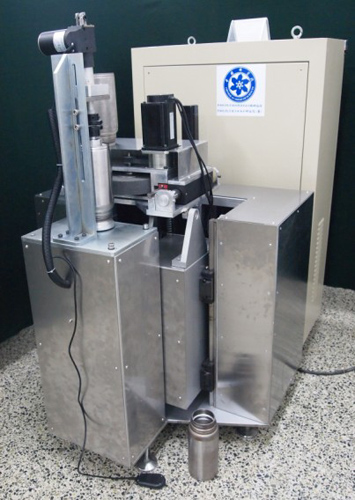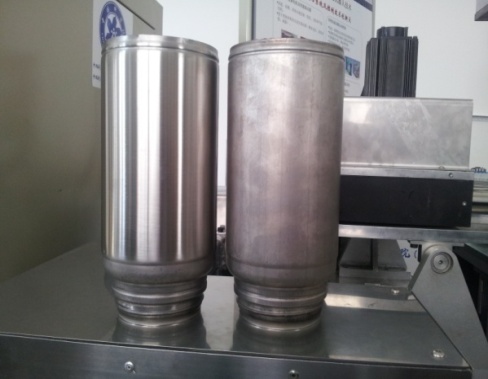The surface quality of the product is not only related to the aesthetics of the product, but also has an important impact on the practical performance of the product such as wear resistance, quality of combination, fatigue resistance, corrosion resistance and contact stiffness, so the surface treatment of the product becomes the product quality. , An important process that determines the added value of the product.
Polishing is a process that cannot be bypassed in the surface treatment of most workpieces (especially metal workpieces), and is an important part of the workpiece finishing process. For a long time, the polishing process of workpieces (such as vacuum cups, faucets, blades, etc.) is mostly completed by manual processing, which is a typical labor-intensive industry. Manual processing is time-consuming, labor-intensive and inefficient, and the product consistency is poor; and in the polishing operation, the dust is large and the labor intensity is high. Workers who have been engaged in manual polishing for a long time often deform their fingers and cervical vertebrae and even suffer from pneumoconiosis. The fierce market competition and increasing labor costs have caused the related companies to have a strong demand for automatic polishing equipment.
Recently, the polishing robot based on force control developed by the precision motion and advanced robot technology team of the Ningbo Institute of Materials Technology and Engineering, Chinese Academy of Sciences has made progress, and the second generation prototype has completed preliminary commissioning. The polishing robot based on force control, imitating the operation of workers polishing workpieces, is aimed at three-dimensional curved surface hardware. By controlling the contact force, the constant contact between the polishing tool and the processed workpiece is maintained. The polishing force control range: 10N-500N, which effectively guarantees the polishing quality. The surface roughness of the processed workpiece is Ra1.6 at the maximum, and can automatically track the workpiece The surface profile automatically compensates for the wear of the grinding tool and the thinning of the workpiece during the processing, and realizes the automation of the polishing of the workpiece, which replaces the manual and has a broad application prospect. The machine has low requirements for workers' operation skills, easy operation, and basically no programming is required. The entire machine has low power consumption, a rated power of 1500W, and a maximum spindle speed of the polishing wheel of 3500rpm.
The polishing robot developed by the team closely meets the industrial needs of the Yangtze River Delta region and the "machine substitution" strategy of Zhejiang Province, which will effectively promote the production capacity upgrade of related companies. At present, some well-known enterprises have shown strong interest in the project and expressed the hope to carry out in-depth cooperation.

Polishing robot prototype

Detail picture display

Effect chart before and after polishing
Zhejiang Shengfa Textiles Printing&Dyeing.,ltd , https://www.chzjsf.com